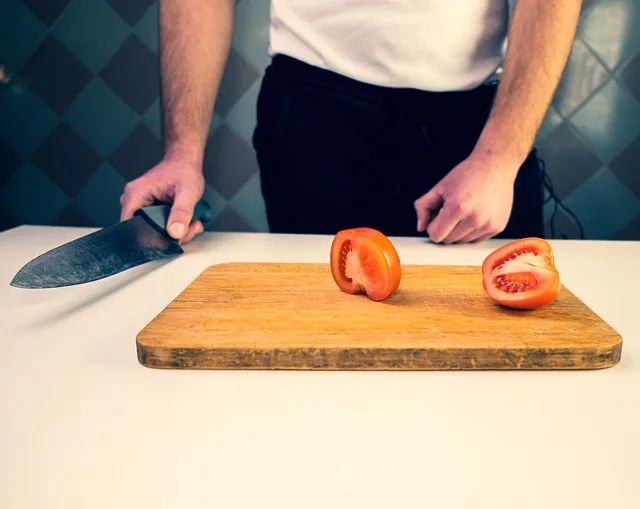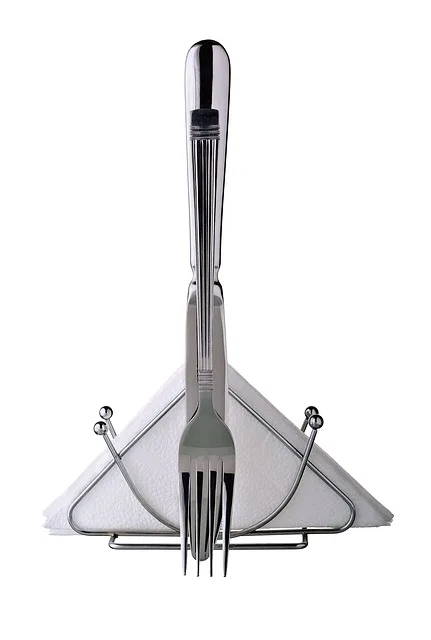First off, you need to measure your cabinets. Grab a tape measure and jot down the height and width of each cabinet door and drawer. It’s like taking the dimensions of a new outfit before you hit the store. Once you have those numbers, multiply the height by the width for each piece. Add them all up, and voilà! You’ve got the total square footage.
Now, here’s where it gets a bit tricky. Most paint cans will tell you how much area they cover, usually around 350 to 400 square feet per gallon. But remember, kitchen cabinets are often more intricate than a flat wall. You might need a bit more paint to account for those nooks and crannies. A good rule of thumb is to add an extra quart or half-gallon to your total. Think of it as a safety net—better to have a little extra than to run out mid-project!
Also, consider the type of paint you’re using. If you’re going for a high-gloss finish, you might need a couple of coats to get that perfect shine. And don’t forget about primer! If your cabinets are dark and you’re painting them a lighter color, a primer can save you from applying multiple layers of paint.
So, armed with your measurements and a little extra paint, you’re all set to transform those cabinets into something spectacular!
The Ultimate Guide to Calculating Paint for Your Kitchen Cabinets: Don’t Overbuy or Underestimate!
First off, you need to measure your cabinets. Grab a tape measure and jot down the height and width of each cabinet door. Don’t forget the frames! Once you have those numbers, multiply the height by the width for each door. Add all those numbers together to get the total square footage. It’s like piecing together a puzzle—every little bit counts!
Now, here’s where it gets interesting. Most paint cans will tell you how much area they cover, usually around 350 to 400 square feet per gallon. So, take your total square footage and divide it by the coverage per gallon. This will give you a solid idea of how many gallons you need. But wait! Are you planning to do multiple coats? If so, multiply that number by the number of coats you want. It’s like stacking layers of a delicious cake—each layer needs its own frosting!
Lastly, always factor in a little extra for touch-ups. Accidents happen, and you might spill or need to fix a scratch later on. A pint or quart can save you from a last-minute dash to the store. So, next time you’re ready to transform your kitchen, you’ll be armed with the knowledge to calculate paint like a pro!
Transform Your Kitchen: How to Accurately Measure Paint Needs for Cabinet Makeovers
First off, grab a tape measure. You’ll want to measure the height, width, and depth of each cabinet. Think of it like measuring ingredients for a recipe; too much or too little can ruin the final dish. Once you have those dimensions, calculate the total square footage. For example, if you have a cabinet that’s 3 feet tall and 2 feet wide, that’s 6 square feet. Easy peasy, right?
Now, don’t forget about the number of coats you’ll need. Most cabinets require at least two coats for that rich, even finish. So, if your total square footage is 100 square feet, you’ll need to double that for your paint calculations. But wait, there’s more! Factor in the type of paint you’re using. Some paints cover more area than others, so check the label for coverage per gallon.
And here’s a little insider tip: always buy a bit more paint than you think you’ll need. It’s like packing for a trip; you don’t want to run out of essentials halfway through. Plus, having extra paint on hand is a lifesaver for touch-ups down the line. So, roll up those sleeves, measure accurately, and get ready to transform your kitchen into a space that truly reflects your style!
Paint Perfection: Tips for Determining the Right Amount of Paint for Your Kitchen Cabinets
First off, let’s talk about the surface area. Grab a tape measure and start measuring your cabinets. Think of it like measuring for new curtains; you want to get it just right. Measure the height and width of each cabinet door and multiply those numbers. Don’t forget to include the frames! Once you have the total square footage, you can move on to the next step.

Now, here’s where it gets a bit tricky. Most paint cans will tell you how many square feet a gallon covers—usually around 350 to 400 square feet. But remember, kitchen cabinets often need a couple of coats for that flawless finish. So, if you’re planning on two coats, you might want to double your initial estimate. It’s like baking a cake; you wouldn’t want to skimp on the frosting, right?
Also, consider the type of paint you’re using. Some paints are thicker and cover better, while others might require more layers. If you’re going for a high-gloss finish, you might need a bit more paint to achieve that shiny, professional look. Think of it as choosing between a light drizzle and a thick syrup; the latter will definitely take more to cover the same area.
Lastly, always buy a little extra. It’s better to have a bit left over than to run out mid-stroke. Plus, that leftover paint can come in handy for touch-ups down the line. So, roll up your sleeves, grab that paintbrush, and get ready to transform your kitchen cabinets into a masterpiece!
Avoiding Paint Pitfalls: A Step-by-Step Approach to Estimating Paint for Kitchen Cabinets
First off, grab a tape measure. You’ll want to measure the height and width of each cabinet door and drawer. Think of it like measuring ingredients for a recipe; too much or too little can ruin the final dish. Once you have those dimensions, multiply the height by the width for each piece. Add them all together to get the total square footage.
Next, consider the type of paint you’re using. Different paints cover different areas. For instance, a high-quality paint might cover about 350 square feet per gallon, while a less expensive option might only cover 250. It’s like choosing between a sports car and a family sedan; one gets you further on less fuel!

Now, don’t forget about the primer! If your cabinets are dark or stained, a primer is essential. It’s like laying a solid foundation before building a house. Calculate how much primer you’ll need based on the same square footage you measured earlier.
Finally, always buy a little extra paint. Think of it as a safety net. You never know when you might need to touch up a scratch or a ding later on. Plus, having that extra can save you from the headache of trying to match a color down the line. So, roll up your sleeves, and let’s get painting!
From Drab to Fab: How Much Paint Do You Really Need for a Kitchen Cabinet Revamp?
First off, it’s essential to know that not all cabinets are created equal. The size and style of your cabinets play a huge role in determining how much paint you’ll need. For instance, if you have a small galley kitchen with just a few cabinets, you might get away with a single quart of paint. But if you’re dealing with a sprawling kitchen filled with towering cabinets, you might need a gallon or more. Think of it like dressing for a party; the more guests (or cabinets) you have, the more outfits (or paint) you’ll need!
Now, let’s break it down a bit. A standard quart of paint typically covers about 100 square feet. So, if you’re painting a set of cabinets that adds up to around 50 square feet, one quart should do the trick. But don’t forget about the primer! If your cabinets are dark and you’re going light, a primer is your best friend. It helps the paint adhere better and ensures that vibrant color pops.
Also, consider the type of paint you’re using. Some paints are thicker and provide better coverage, meaning you might need less. It’s like choosing between a thick smoothie and a watery one; the thicker one fills you up faster! So, before you hit the store, take a good look at your cabinets, measure them up, and don’t hesitate to ask for advice from the paint pros. They can help you figure out the perfect amount to make your kitchen shine!
Frequently Asked Questions
What Type of Paint is Best for Kitchen Cabinets?
For kitchen cabinets, a high-quality acrylic latex paint is recommended due to its durability, ease of cleaning, and resistance to moisture. Additionally, consider using a semi-gloss or satin finish for a smooth, wipeable surface that can withstand daily wear and tear.
Can I Use Leftover Paint for My Kitchen Cabinets?
Using leftover paint for kitchen cabinets can be a cost-effective solution, but ensure the paint is suitable for cabinetry. Check for compatibility with surfaces, durability, and finish type. Proper preparation and application are essential for achieving a professional look and long-lasting results.
How Do I Calculate Paint Needed for Kitchen Cabinets?
To determine the amount of paint required for kitchen cabinets, first measure the total surface area of the cabinets by calculating the height and width of each door and drawer. Multiply these dimensions to find the area for each piece, then sum all areas. Next, check the paint can for coverage information, typically expressed in square feet per gallon. Divide the total surface area by the coverage per gallon to find the number of gallons needed. Always round up to account for multiple coats and touch-ups.
What Factors Affect the Amount of Paint Required?
The amount of paint required is influenced by several factors including the surface area to be painted, the type and texture of the surface, the number of coats needed, the paint’s coverage rate, and the method of application. Properly measuring the area and considering these factors can help in estimating the right quantity of paint.
How Many Coats of Paint Should I Plan For?
The number of paint coats needed depends on the surface type, color change, and paint quality. Generally, one coat may suffice for similar colors on smooth surfaces, while two or more coats are recommended for darker colors or textured surfaces to ensure even coverage and durability.